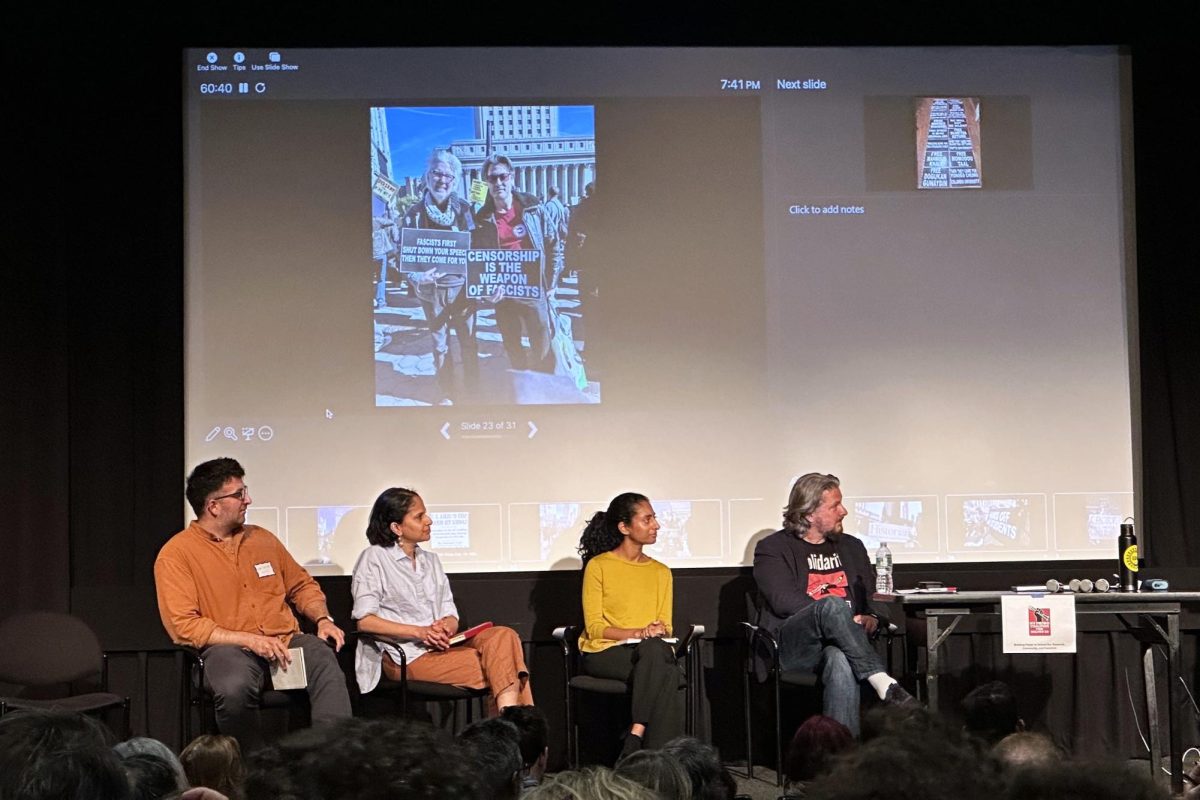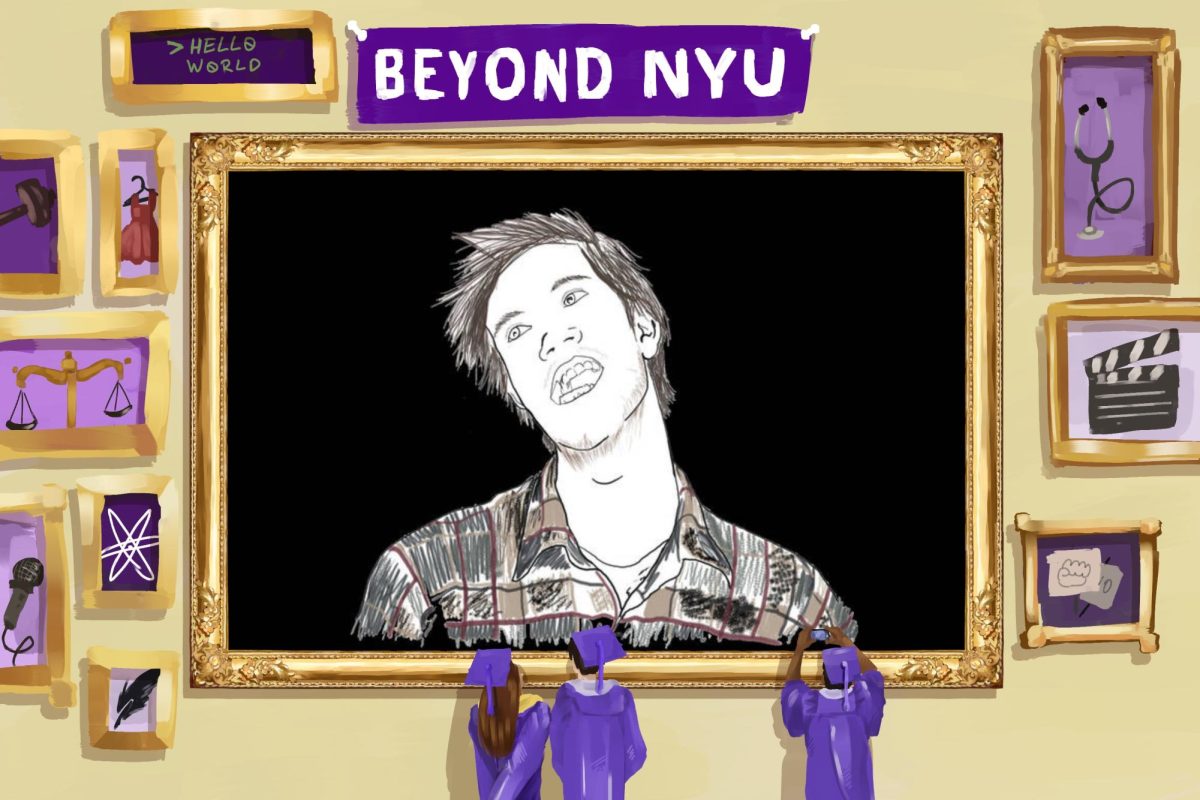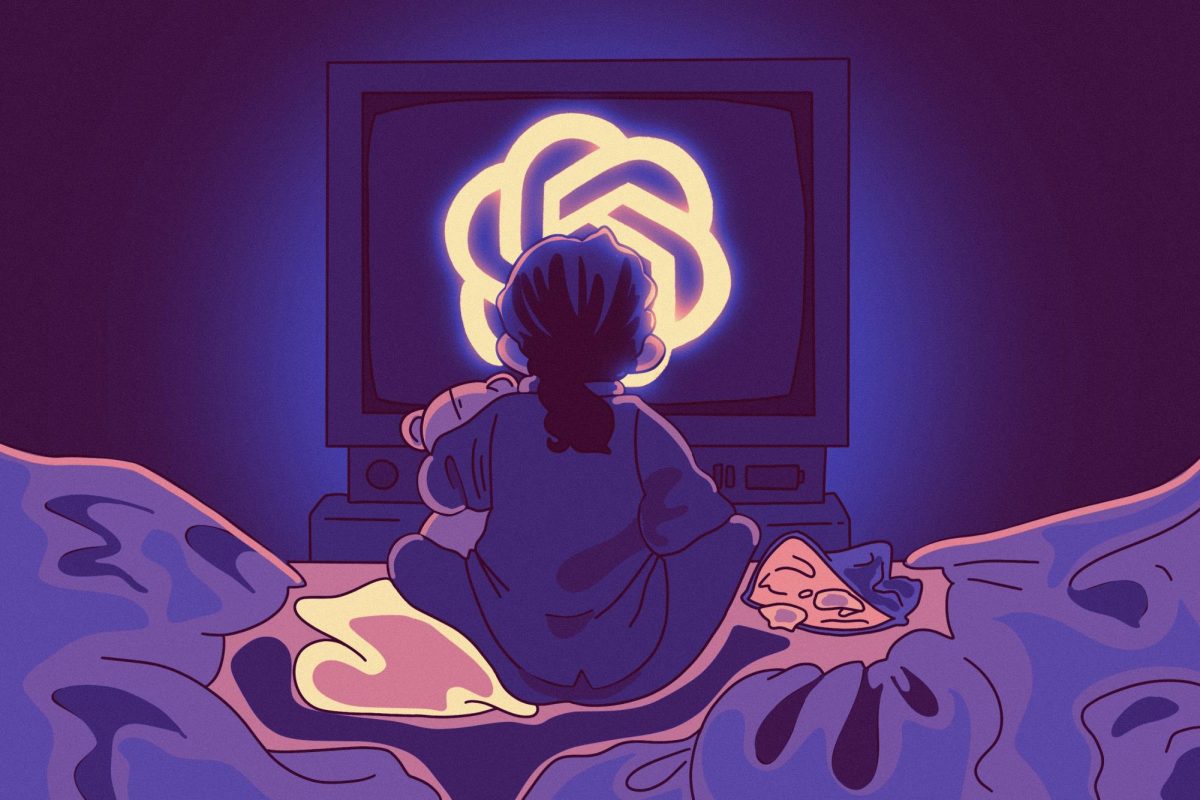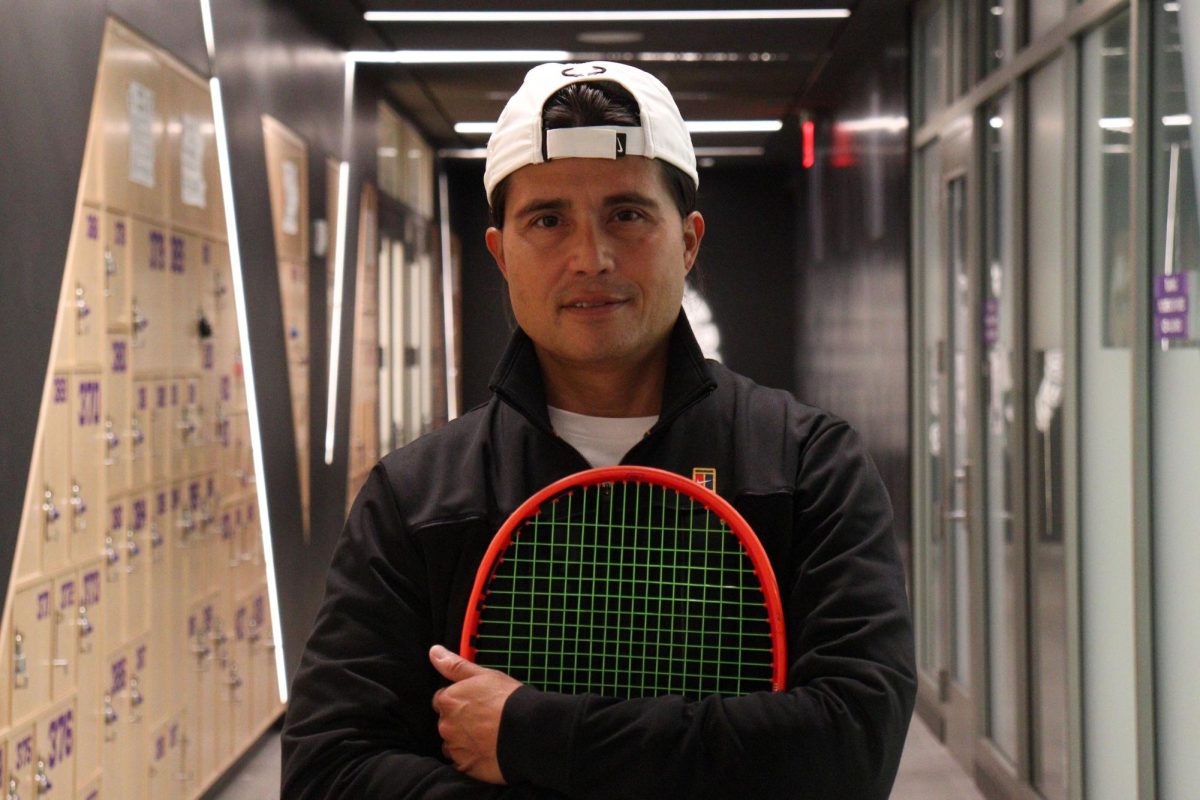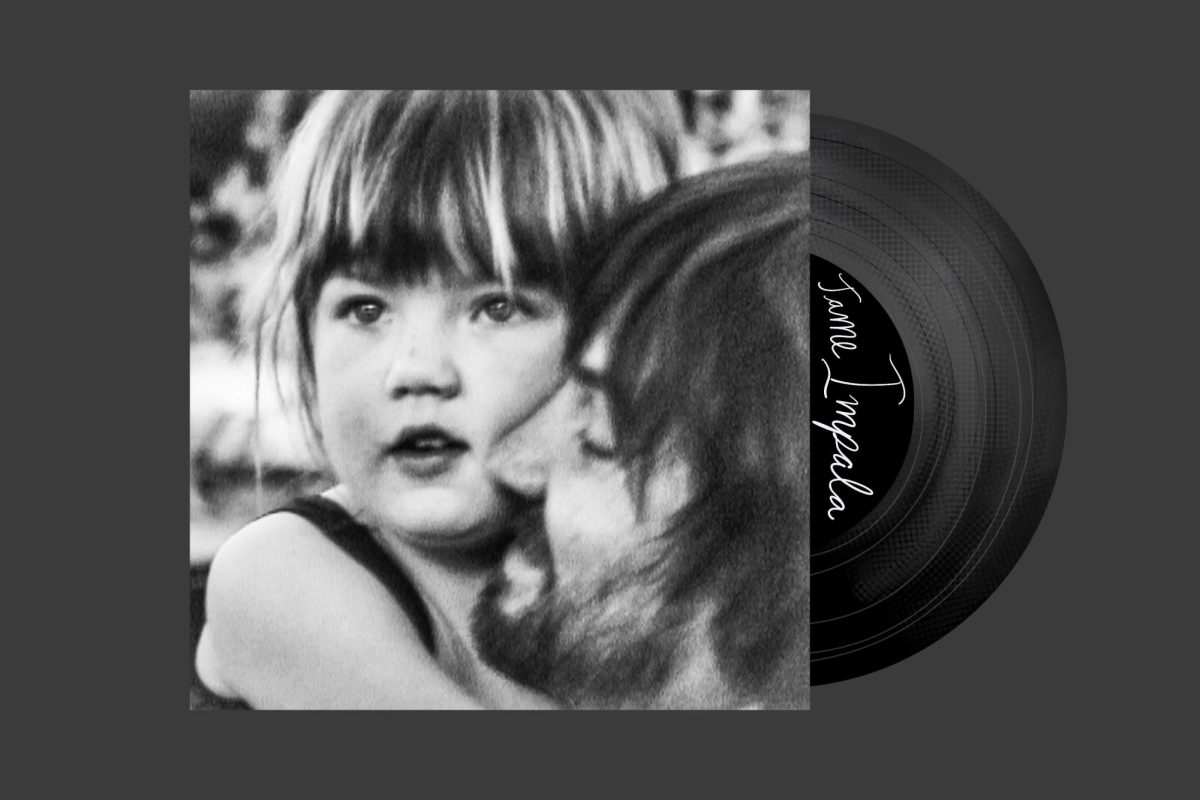If you live in New York, you might be aware of the controversial police tactic called stop-and-frisk. This policy allows officers to stop civilians they consider suspicious to be frisked for concealed contraband. The myth surrounding the benefit of stop-and-frisk programs is the idea that such active policing reduces violent crime. This alleged result, however, does not reflect the reality of the policy.
Stop-and-frisk gives officers an impossible obligation to uphold. The method requires cops to use their independent judgment to identify seemingly innocent civilians as potential criminals. How can any human be expected to exhibit such clairvoyant ability? According to NYU professor Dennis Smith, paid consultant for the NYPD, this issue isn’t even worth addressing. In his July 19 New York Times article “Stop and Frisk Has Lowered Crime in Other Cities,” Smith said, “The Supreme Court has ruled that police do not have to wait until a crime has been committed but can make stops based on suspicion that a crime is about to occur.”
While Smith’s explanation is true, he simply overlooks the obvious difficulties in the court’s ruling. How exactly does an officer identify a so-called suspicious individual? At what cue does the call to protect and serve become a call to offensive action? If every citizen is innocent until proven guilty, what counts as sufficient suspicion for an officer to be justified in intruding on the affairs of an innocent person? Regardless of what officers are trained to be suspicious of, each human responds to unique psychological, emotional and environmental triggers. Who can be trusted with the license to forcibly invade the privacy of innocent civilians based on suspicion alone? The application of superhuman responsibility for moral judgment is unfair to both the target and the enforcer.
It seems the obvious detriments of stop-and-frisk far outweigh the crime reduction leg on which its public relations agenda stands. In fact, what Dennis Smith praises as a crime-reducing powerhouse often results in petty drug arrests rather than serious weapons charges.
Concerning stop-and-frisk, the Drug Policy Alliance said, “In 2011, the NYPD used this loophole to arrest 50,684 people — mostly young people of color — for misdemeanor marijuana possession, making marijuana possession the number one arrest in NYC.”
This result couldn’t be further from the intended crime-reduction goal of stop-and-frisk. There is no evidence to suggest that over 50,000 more arrests for possession of a non-lethal herb have curtailed violent crime in any way. In maintaining such overactive enforcement of these petty possession laws, officers are actually contributing indirectly to violent gang warfare being waged over black market cannabis. Stop-and-frisk has missed its target.
As a policy expert for NYU Students for Sensible Drug Policy, I disagree with Professor Smith’s point of view concerning stop-and-frisk. His flawed rhetoric is spoken on behalf of the NYPD, and they certainly don’t pay him to say anything critical of their methodology. Regardless, criticism is exactly what the police force requires to stay updated on the needs of the people they protect and serve.
A version of this article appeared in the Tuesday, Sept. 18 print edition. John Facey is a contributing columnist. Email him at [email protected].

